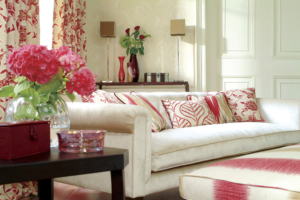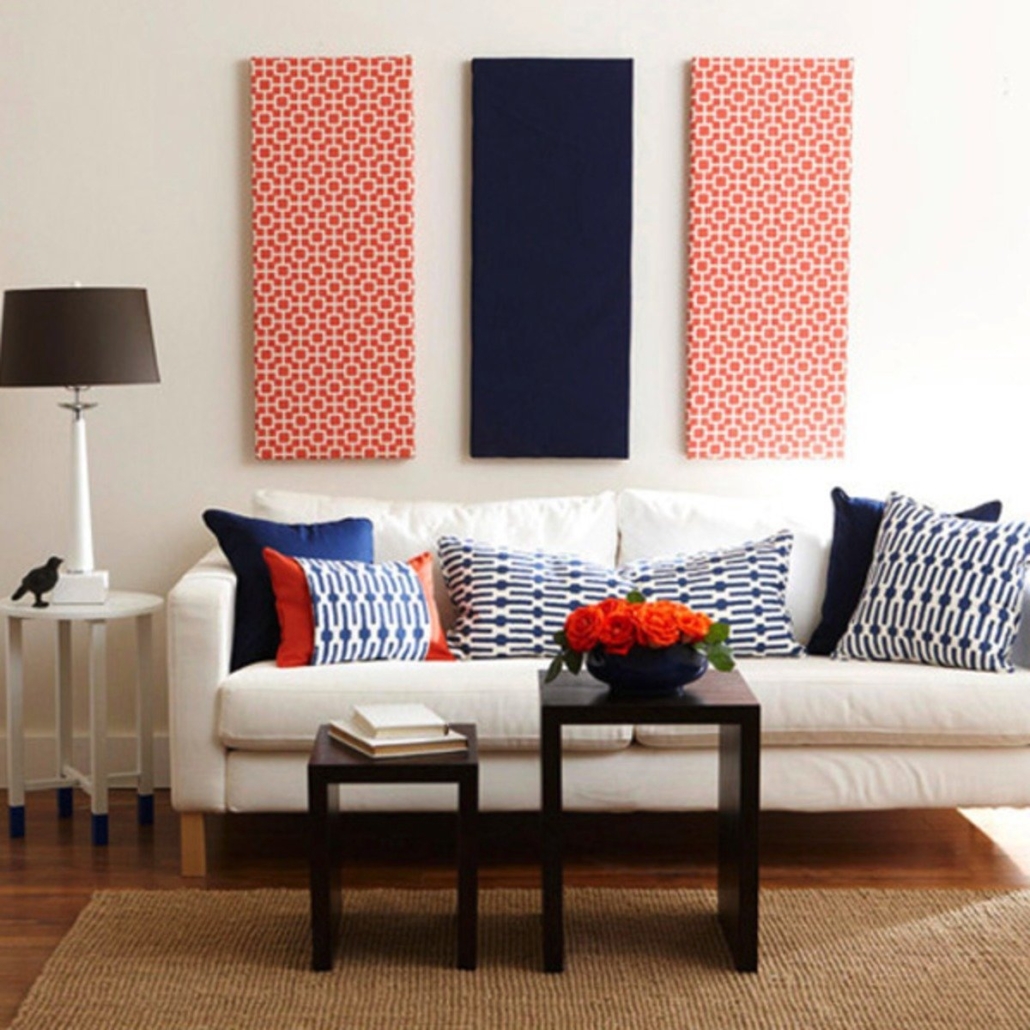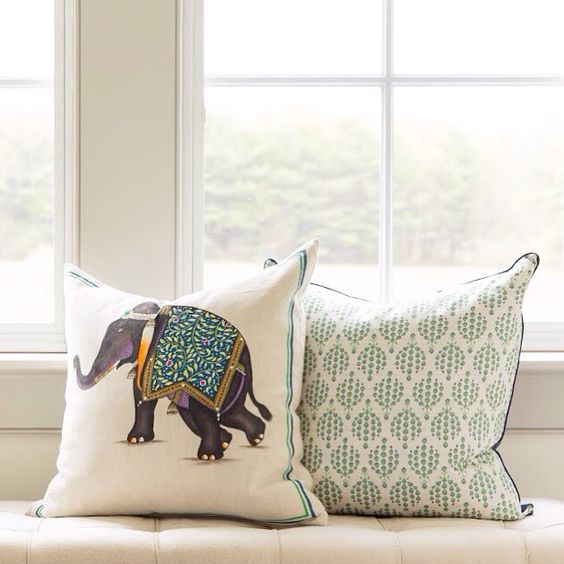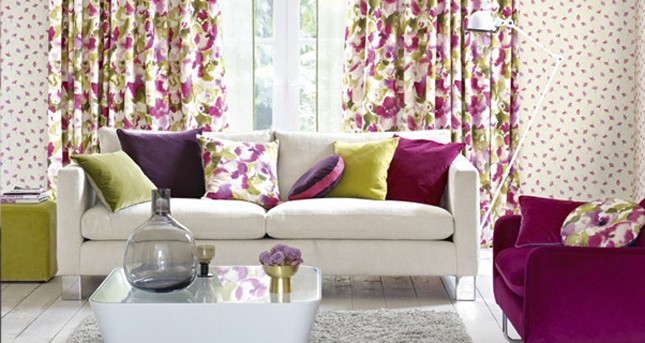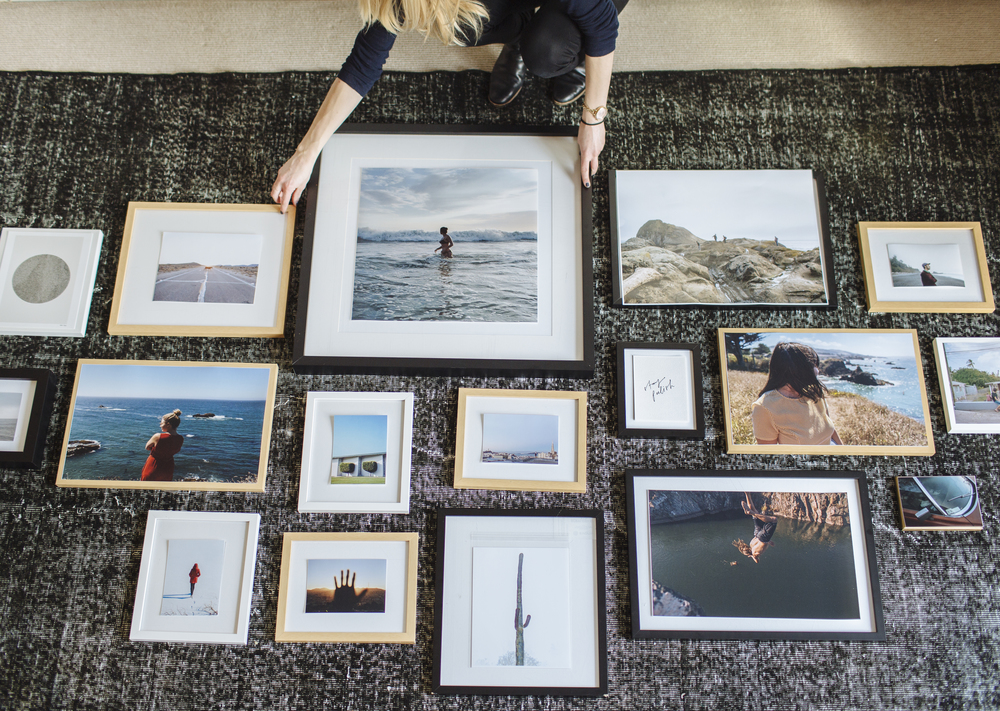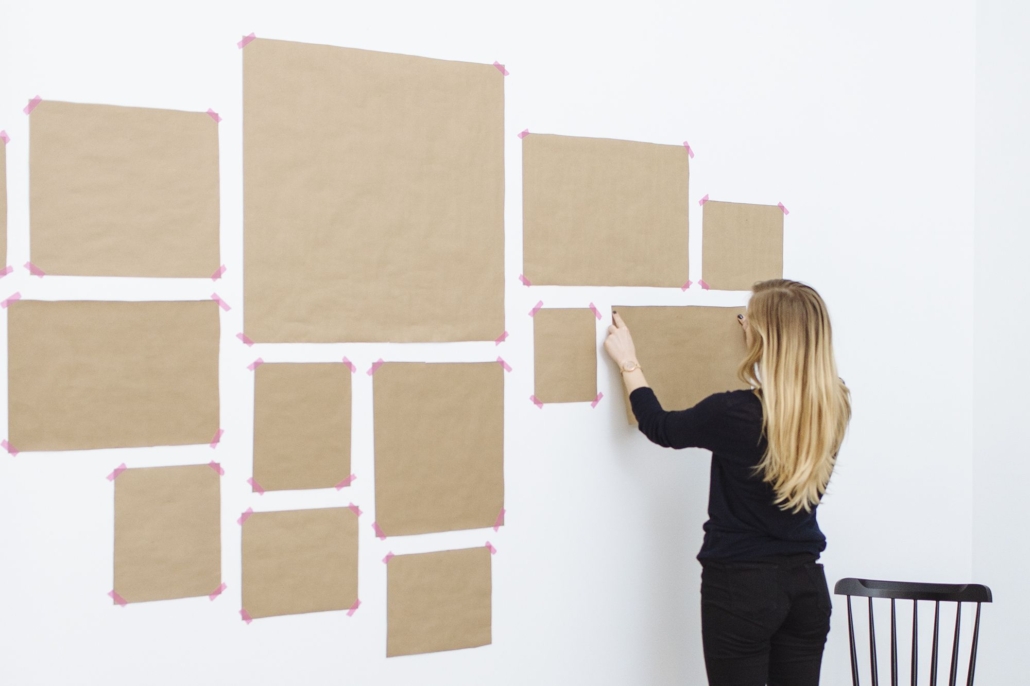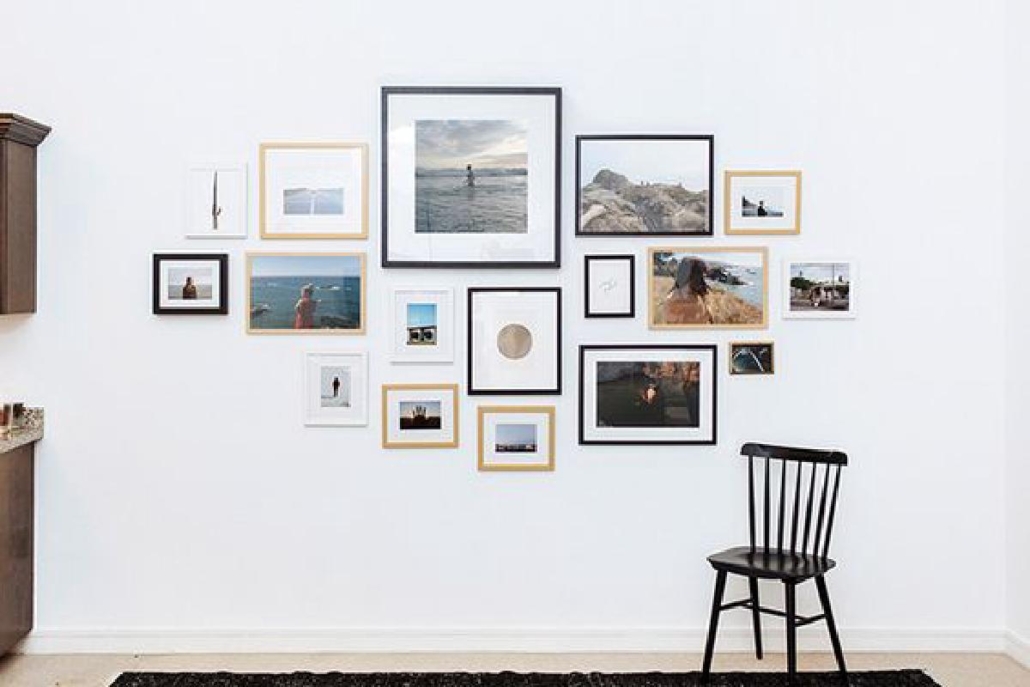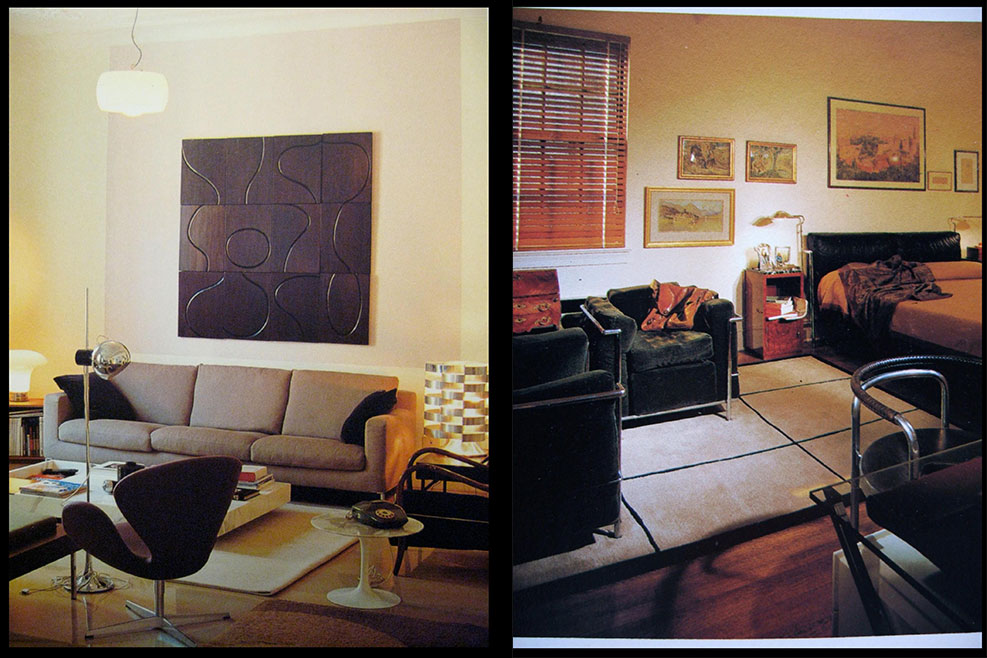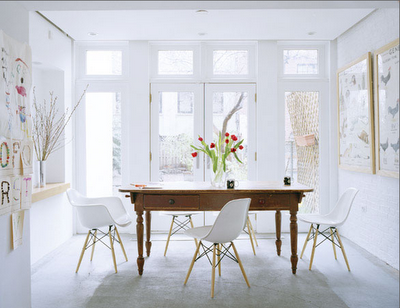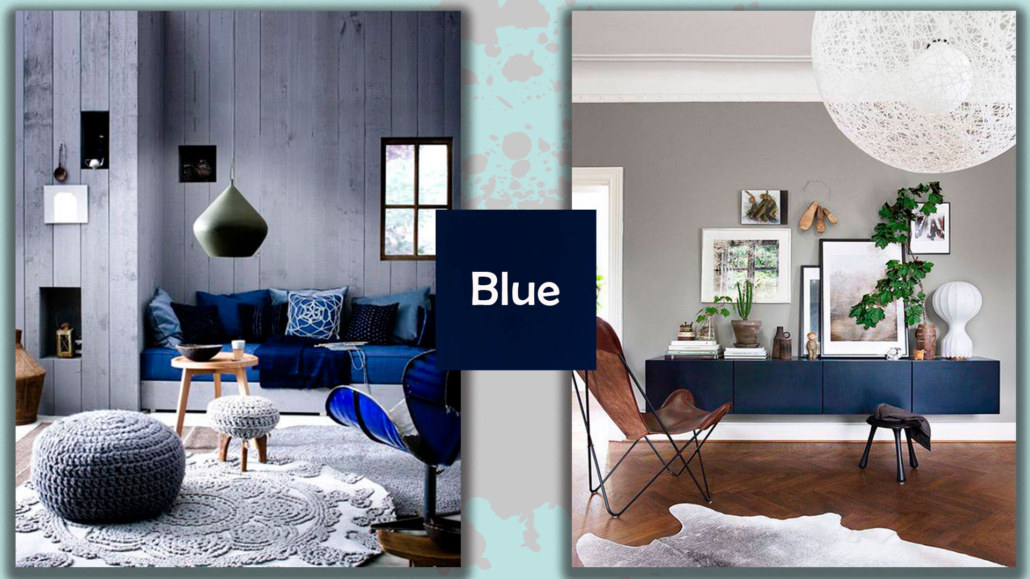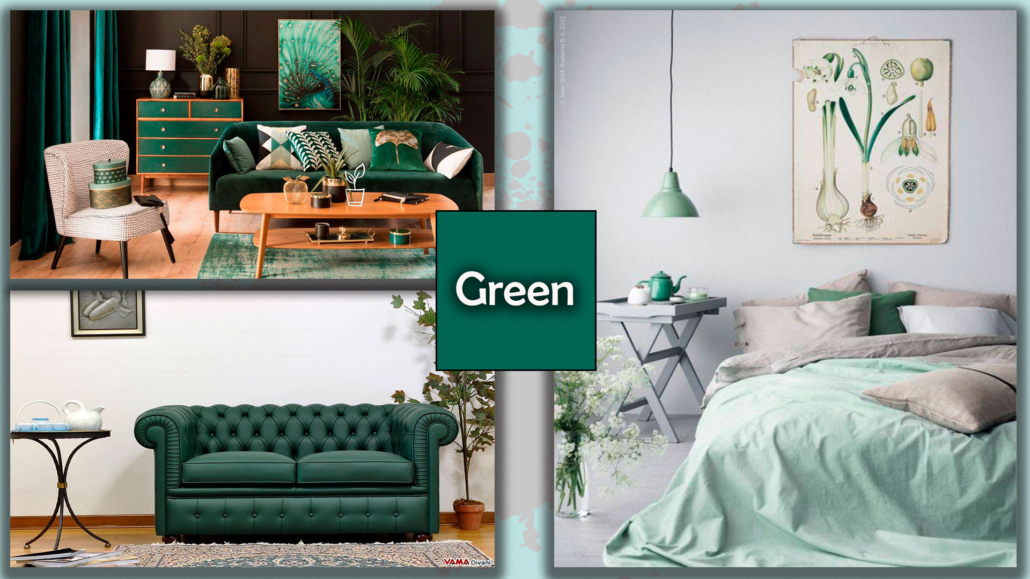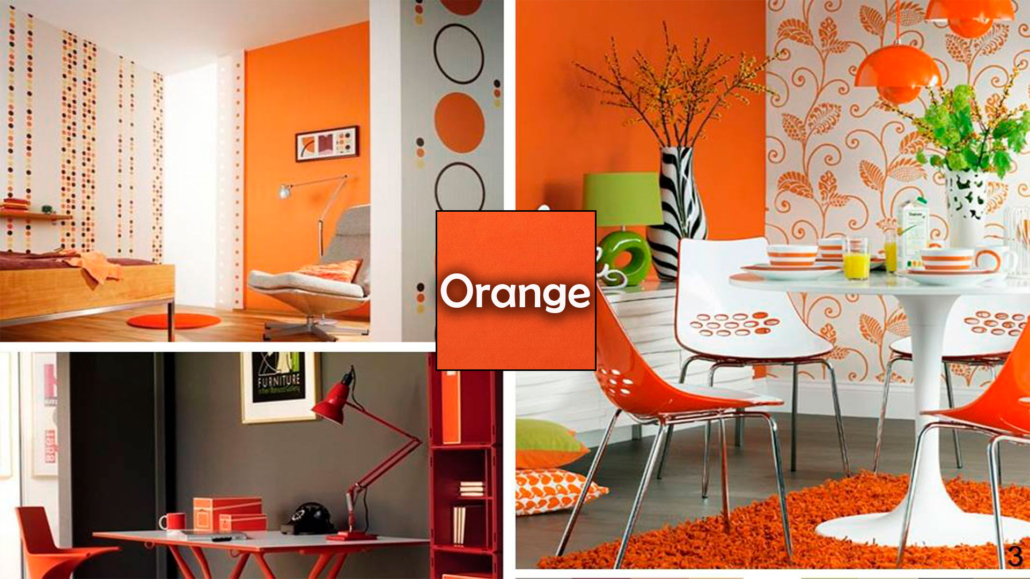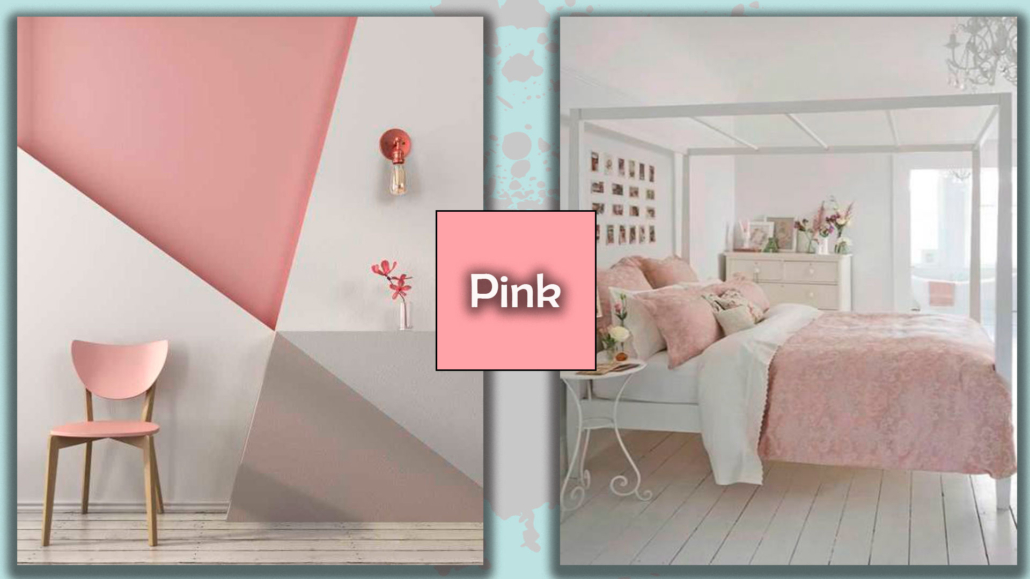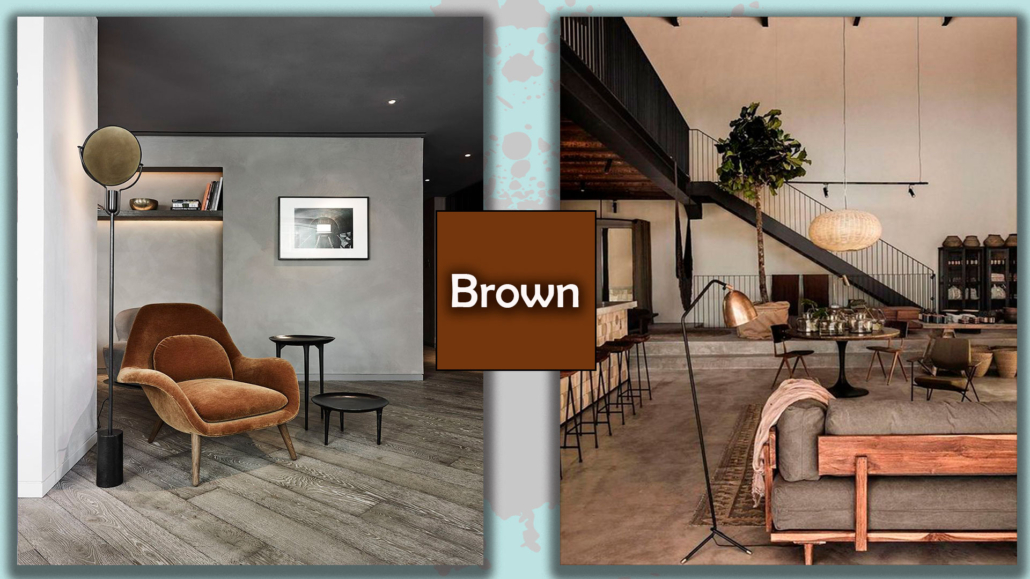If you’re thinking about a home renovation, it’s likely that you’re pondering how best to go about it…
You are probably thinking about calling a construction company in the first place, perhaps one you trust, to get a quote and decide how to start this venture directly with them.
I imagine this because I admit, I did so too for my first home renovation.
When I still knew little or nothing about it and was in a completely different line of work…
Oh yes, I too made that mistake, only fortunately for me, I chose a company with the right stuff, serious ones that work very well and so everything went smoothly!
Why do you make this choice, and why, if you are not more than lucky, can it be a terrible mistake?
Your thoughts in deciding to go directly to the construction company may be twofold:
– you think you are saving money;
– you think that the contractor is the right contact person (who better to know what we are talking about than those who perform the work).
Actually, both of these statements are incorrect!
Of course, many companies really like this choice, because they will be able to do whatever they want in your home, and, for you, this will be a big problem!
What do I mean by that? I’ll explain it to you right now!
– for huge renovations, they will offer you one of their technicians to do a project that THEY told them, based on what you explained to them;
– they will not specify the materials they will use.
This involves
– that the costs will increase out of all proportion because, not having studied the project beforehand with the technician, surely changes will come up during the work that needs to be done.
And these changes will come:
– from your side that by reasoning, you understand that there is a better solution for your needs,
– or from the contractor that only later will notice that something cannot be done this way, but it is better to do it that way, which however will lead to an increase of tot…
Believe me: this happens very often indeed!
– you will never know the proper value of the materials you have in your home, and there is a real danger that they will be poor quality, stock remnants that you paid for, however, as if they were first-rate!
– the work will be slow, and each modification will lead to an inevitable loss of time!
Construction companies, even the best ones, know how to do the work, but they don’t know how to do the project and don’t know how to do the bureaucratic part properly.
Arriving at the beginning of the work with a clear idea, with a plan properly done, knowing exactly what materials you want is really essential so that you then can check that the contractor is doing things as agreed.
It goes without saying that you are not an expert, you have an idea of what you would like, but a project cannot be limited to a quick sketch with two annotations…
The construction company, however skilled it may be, cannot accomplish what you want precisely only based on the few things you tell them.
Who looks after your interests?
And of course, as said before, on huge renovations they will propose you their technician, with whom, however, you will hardly talk… How can he do a project tailored to you? He will not do it, but will do it following the orders of the construction company!
Another problem, by no means marginal: relying directly on the contractor who will be the construction manager? Who will be in charge of safety?
If you haven’t hired a technician, you should do it yourself, but you don’t have the skills, and then you’ll have to rely on their professional, on the one you’ve never seen but who did the project and took care of the bureaucratic part…
But are you sure he will do your interests? I’m already telling you… absolutely not! He will do the interests of the construction company!
Do you still believe that for home renovation relying directly on the contractor is convenient and the best choice?
Often there is a false illusion that the construction company has every interest in giving the best possible service; in the end, it gets by on your money, so why complicate your life by not doing the work well?
That is largely due to the market in which they have to operate, a market in which price wars are the order of the day!
That somehow turns the enterprise into your “antagonist” because it has to maximize earnings while reducing costs!
Spending more is no guarantee to have a better job…
At this point, you might think: “I go to the most expensive one, and I’ve solved it!”.
No, unfortunately, it doesn’t even work that way because the constructor company MUST BE CONTROLLED anyway!
And that is always! And who can do that? Only and exclusively a technician!
But as said before, it can’t be their professional because if not, he will look at their interests and not yours, and you’ll be back to square one!
First, choose the technician and make a project!
The correct thing to do is
- FIRST to choose a trusted technician; with him, study a project that is complete in detail and is functional to your needs.
- choose all the materials you wish to have,
- and THEN choose a construction company that, at that point, based on that detailed project and knowing what materials it will have to handle, will be able to give you a much more correct estimate.
The technician is aware of what he has to do, and knowing the laws and decrees, he knows how to do it, and having chosen him, you will check that everything is done properly and will defend your interests!
Do you understand why if it is true that the choice of the constructor company will make a big difference in your home renovation (I talk about it here), it is even more so the choice of the technician!
Better to move forward in steps!
My team and I always start from here…
Once we have identified the right house for you, we start with the project that we do 360°!
Which means from the first brick to the furniture (wanting to the last knick-knack!).
We follow and support you in choosing all the materials (tiles, interior and exterior fixtures, sanitary ware, furniture, of course!).
And only after that do we start with the work!
Home renovation is a high-impact financial and emotional commitment that you CAN NOT leave to chance.
It is a long and arduous path, which, if not properly managed, can lead to a lot of frustration, don’t risk this and let me support you: contact me!

